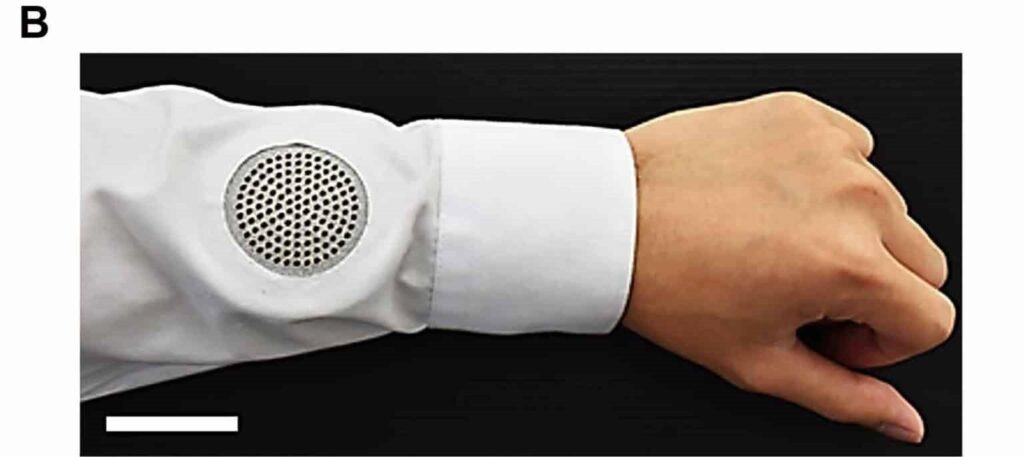Researchers have developed A-Textile, a smart fabric capable of capturing the user’s voice and communicating with ChatGPT and other virtual assistants, as well as allowing control of smart home devices.
A study published in the journal Science Advances, cited by the Olhar Digital channel, describes how A-Textile transforms ordinary clothing into advanced voice interfaces, without the need for bulky or rigid equipment.
The innovation lies in how the fabric captures sound. It is composed of multiple layers that generate static electricity. When these layers rub together, they produce small electrical charges. The sound waves of speech cause the layers to vibrate, creating an electrical signal that represents the user’s voice.
To make the sound clearer, the researchers incorporated flower-shaped nanoparticles into the fabric. These particles help store and maintain the electrical charge, ensuring that the signal is clear enough for the AI system to identify the commands.
The signal is then sent to a device, such as a smartphone, where a deep learning model recognizes and interprets the commands. According to the developers, the system works with ordinary clothing—just sew or attach a smart “patch” to parts such as collars or sleeves.
In tests, the A-Textile prototype was able to generate up to 21 volts of energy and recognize commands with 97.5% accuracy. The fabric was also able to interact directly with ChatGPT and control appliances, such as turning a lamp on and off using only voice commands.
The A-Textile smart fabric brings science fiction closer and closer to everyday reality. By transforming any T-shirt into a smart garment capable of “hearing” and responding, A-Textile has the potential to revolutionize the way we interact with artificial intelligence, according to the Olhar Digital article.
Written by: Eduardo Quive



